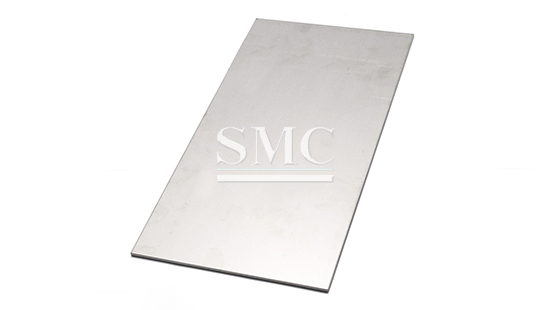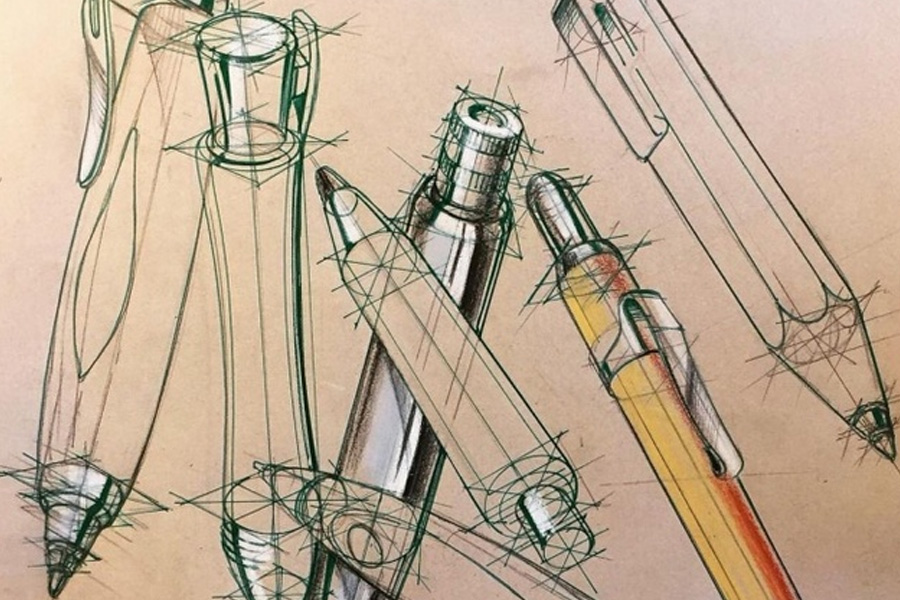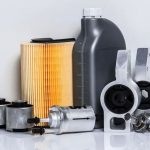1. Preparation before welding
The surface quality of the weldment and titanium wire has a great influence on the mechanical properties of the welded joint and must be cleaned strictly. Iron plate and titanium welding wire can be mechanically and chemically cleaned.
1.1 Mechanical cleaning butt welding Welding parts with low quality requirements or difficult pickling can be wiped with fine sandpaper or stainless steel wire brush, but it is best to scrape the titanium plate with a yellow hard alloy to remove the oxide film.
1.2 Chemical cleaning. Before welding, the test piece and welding wire can be pickled. The pickling solution can be HF5% + HNO335% water melt. Rinse with clean water after pickling and apply welding immediately after drying. Or use acetone, ethanol, carbon tetrachloride, methanol, etc. to wipe the groove of the titanium plate and its two sides (within 50mm each), the surface of the welding wire, and the parts in contact with the titanium plate.
2. Selection of welding equipment For argon arc welding of titanium and titanium alloy gold-tungsten plates, a DC argon arc welding power source with a descending external characteristic and high frequency arc initiation should be selected, and the delay time of gas delivery should be not less than 15 seconds to avoid welding suffering from oxidation ,Pollution.
3. Selection of welding materials The purity of argon should be no less than 99.99%, the dew point should be below -40 ℃, and the total mass fraction of impurities should be 0.001%. When the pressure in the argon cylinder drops to 0.981MPa, it should be stopped to prevent affecting the quality of the welded joint. In principle, titanium wire with the same composition as the base metal should be selected. Sometimes, in order to grasp the plasticity of the weld metal, a wire with a lower strength than the base metal can also be selected.

4. Gas protection and welding temperature Titanium pipe joints are grounded during welding. In order to prevent the welded joints from being contaminated by harmful gases and elements at high temperatures, the necessary welding protection and temperature control must be performed on the weld zone and the weld. The temperature should be 250 Below ℃. The main methods of protection and temperature control are: one is to add a protective gas mop to the surface welds; the other is to fill the welded tube with protective gas. The protective gas is argon, and its purity should be ≥99.99%. The flow of shielding gas should meet the requirements of welding technology.
5.Selection of welding parameters
5.1 Titanium alloy welding wire. The grade of the filler wire should be selected according to the base material. Generally, the principle of homogeneity with the base material is used. Sometimes in order to improve the plasticity of the joint, a wire with a lower alloying degree than the base material can also be selected. The diameter of the welding wire should be selected according to the thickness of the base metal.
5.2 Tungsten electrode. It is best to choose cerium tungsten electrode, whose diameter is selected according to the thickness of the titanium alloy tube wall, generally in the range of 1.0 to 3.0 mm, and the tungsten extreme part should be ground into a cone of 30 to 45 degrees.
6. The choice of bevel form Principle to minimize the number of welding layers and welding metal. With the increase of the number of welding layers, the cumulative suction set of the weld seam increases, which affects the performance of the welded joint. Because the size of the weld pool is larger when titanium and titanium alloys are welded, the test piece is V-shaped 70 ~ 80 ° .
7. Test piece butt welding and tack welding In order to reduce welding deformation, tack welding is performed before welding. Generally, the tack welding distance is 100 ~ 150mm and the length is 10 ~ 15 mm. The welding wire, welding process parameters and gas protection conditions used for tack welding should be the same as those used for welding joints. Clearance 0 ~ 2mm, blunt edge 0 ~ 1.0mm.
Guest contributors are welcome at the Alloy Wiki.It is a weekly wiki and guide on alloy information and processing technology, while also about the vast array of opportunities that are present in manufacturing. Our team of writers consists of a Machining Material Supplier / Machinist / Tool and Die Maker, a Biomedical Engineer / Product Development Engineer, a Job Development Coordinator / Adjunct Professor, and a President and CEO of a manufacturing facility.
Link to this article:Titanium and Titanium Alloy Welding Process
Reprint Statement: If there are no special instructions, all articles on this site are original. Please indicate the source for reprinting:Alloy Wiki,thanks!^^


